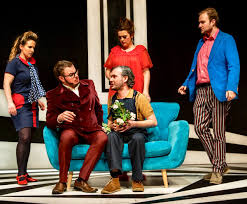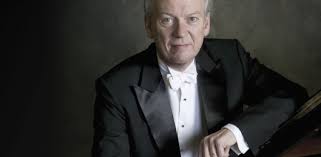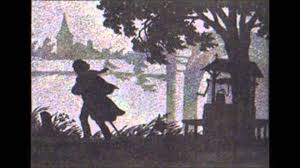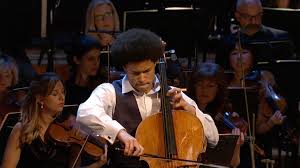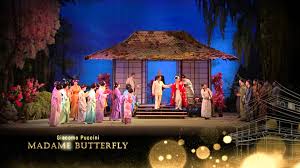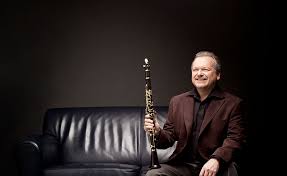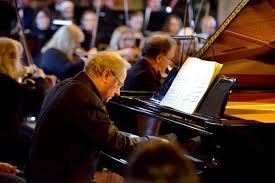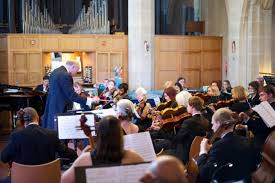Christ Church, St Leonards, Saturday 25 February 2018
On a bitterly cold evening Hastings Philharmonic presented us with Monteverdi’s liturgical masterpiece – Vespro della Beata Vergine of 1610 – in the austere acoustic of Christ Church, but a fitting venue for so complex a work.
The evening drew together eight solo singers – one of whom turned out to be Marcio da Silva himself – together with Hastings Philharmonic Chamber Choir and Baroque. There was a great deal to enjoy and commend, even if there was some shaky intonation in some of the opening choruses. However by the time we had reached Laudate Pueri Dominum the balance had settled down with the final Gloria impressing.
Monteverdi divides up the vespers into a large number of shorter works which allow soloists to shine alongside the various instrumental groupings and full choral numbers. Tenor Kieran White was most effective in Nigra sum and stunningly so towards the end of the Magnificat where he flung beautiful phrases into the vaulted roof, picked up to spine-tingling effect by the off-stage echo. He was joined by tenor Philip O’Meara and Marcio da Silva in his baritone voice, for a ravishing rendition of Duo Seraphim. Here Monteverdi uses the tenor duo for the Seraphims but then adds in the Baritone when they sing of the Trinity. It is a magical moment.
The two sopranos, Sarah Parkin and Joana Gil, had impressed with the delicacy of line in Pulchra es, and blended well with the chorus where the composer sets the voices against each other.
The chorus came into their own in the rolling phrases of Nisi Dominus and Lauda Jerusalem, and brought warmth and vitality to the final Magnificat.
It was a great advantage having a set of baroque instruments giving us an authentic accompaniment to the voices. They tend to get more to do as the work progresses, after the excitement of the opening ritornello, and Monteverdi reverses the impact in the Sonata sopra Sancta Maria where the sopranos chant the text on a simple line while the ensemble appears to improvise around them. The cornetts and sackbuts were particularly insightful at this point.
Francis Rayner, Hastings Philharmonic’s regular accompanist, played the organ continuo and Marcio da Silva directed from the Harpsichord. If we had arrived cold, we went out warmed and enlivened by a fine evening – and another tribute to the quality Hastings Philharmonic are now providing on a regular basis. Brian Hick


